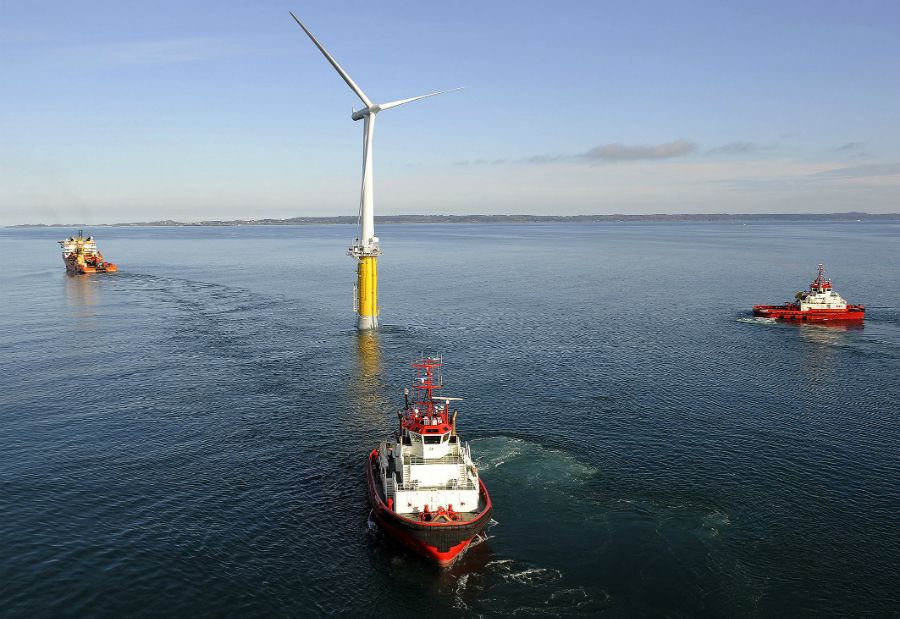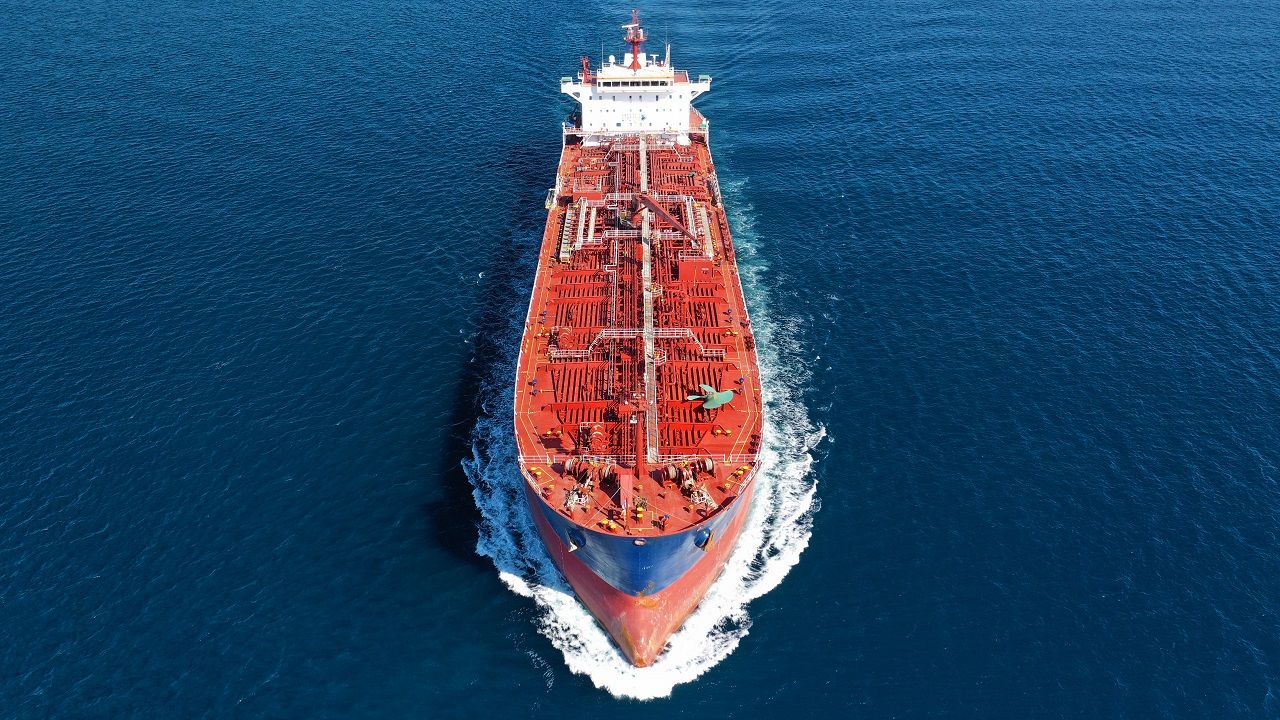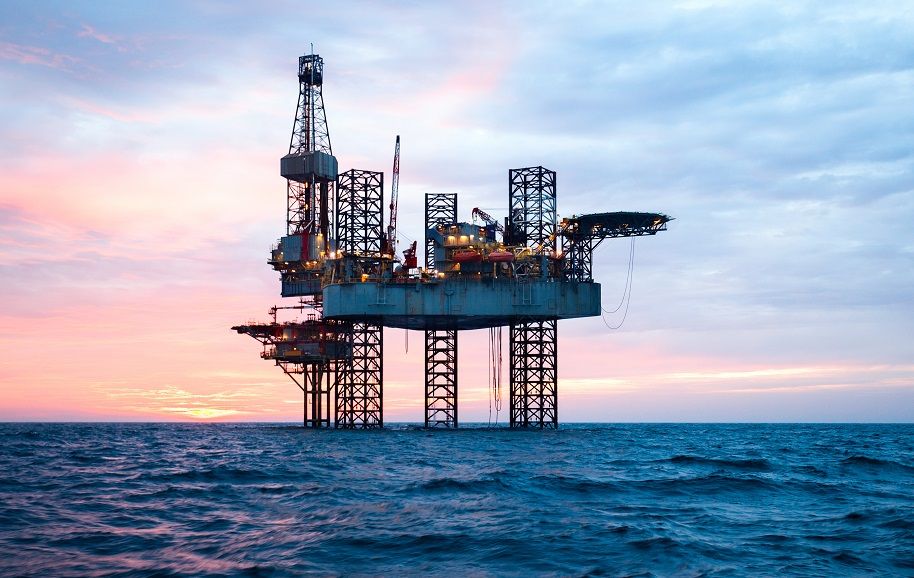Sign In
December 07, 2020
Workability Tool enables quicker decision making
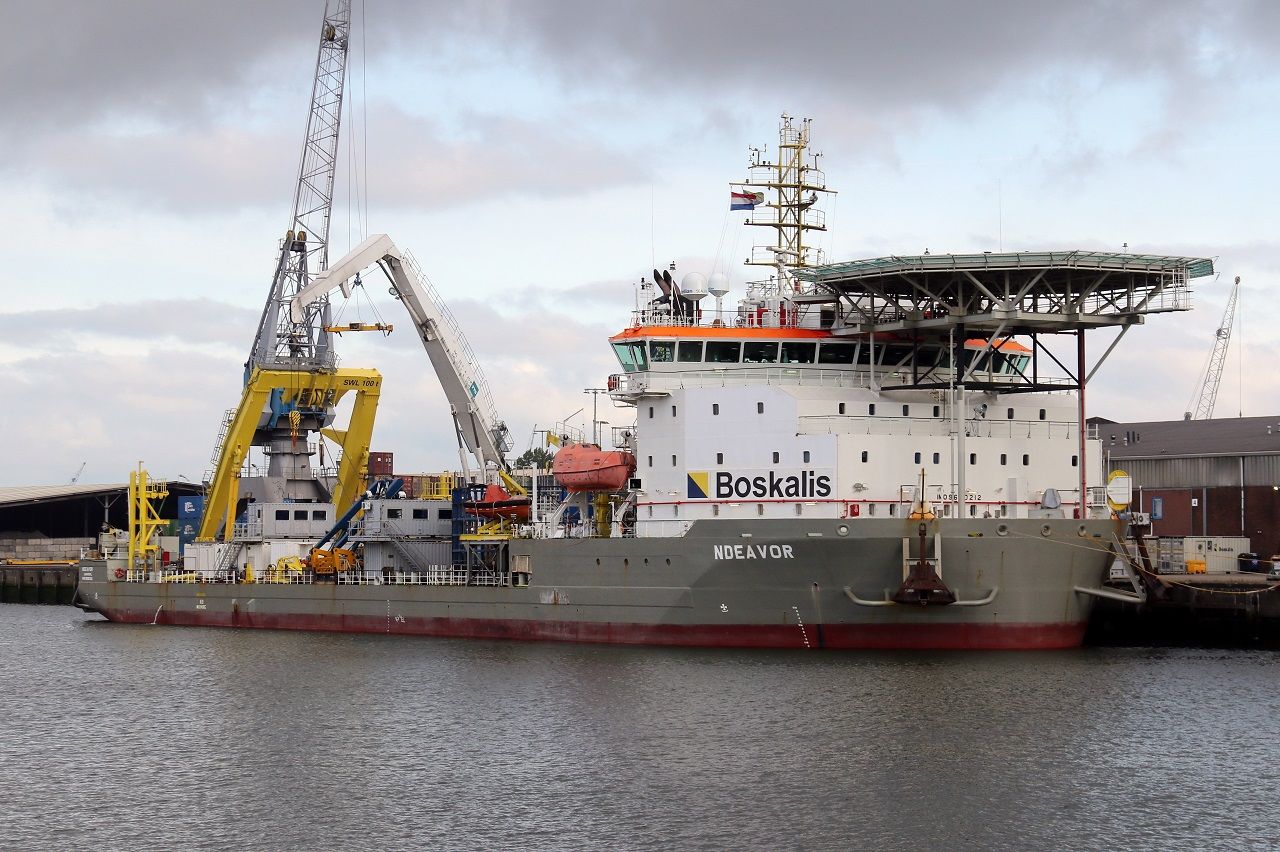

Download the White Paper and get INSPIRED
Learn about trends in digital transformation and how they affect the engineering and construction industry.
What is workability?
In the maritime and offshore industry, workability refers to the actual working time of a vessel for a certain operation, taking into account weather conditions such as waves, wind, currents and ice. These are called metocean (Meteorology and Oceanography) conditions and can impact the vessel’s operational hours, thus time the vessel is capable of being put into effective operation.
The perfect vessel for each tender
During a tender, the selection of vessels and equipment is often an iterative process. That is where the Workability Tool comes in, as it enables the user to repeatedly and quickly update the workability by combining the validated metocean data and the capabilities and limitations of the operational equipment. Differences in varying equipment can be visualized within the Tool and exported in order to select the optimal vessel configuration in terms of workability. Additionally, the Tool provides the user with insights into the raw metocean data.
The picture below shows the average weather conditions for a specific location based on data from January 1990 to December 2018, calculated by the Workability Tool. It shows the direction and force of the wind per month. This information can be used to decide when is the best time to build a wind turbine at sea, since this depends on the weather conditions. During hard wind and/or high waves, dangerous situations can be encountered that make it difficult to place a heavy turbine, for example. The visualizations show that the weather conditions are the best from May to September. In January, the conditions are the worst.
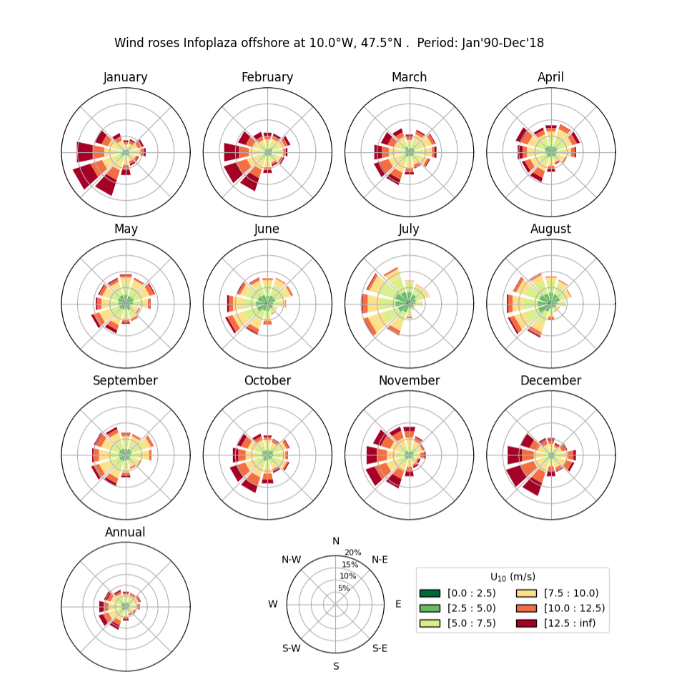 ]
]
The VIKTOR application is one of the innovative examples of digitization within Boskalis. The Workability Tool is operational now for mulitple divisions within the organization.
Copyright: Images courtesy of Boskalis
